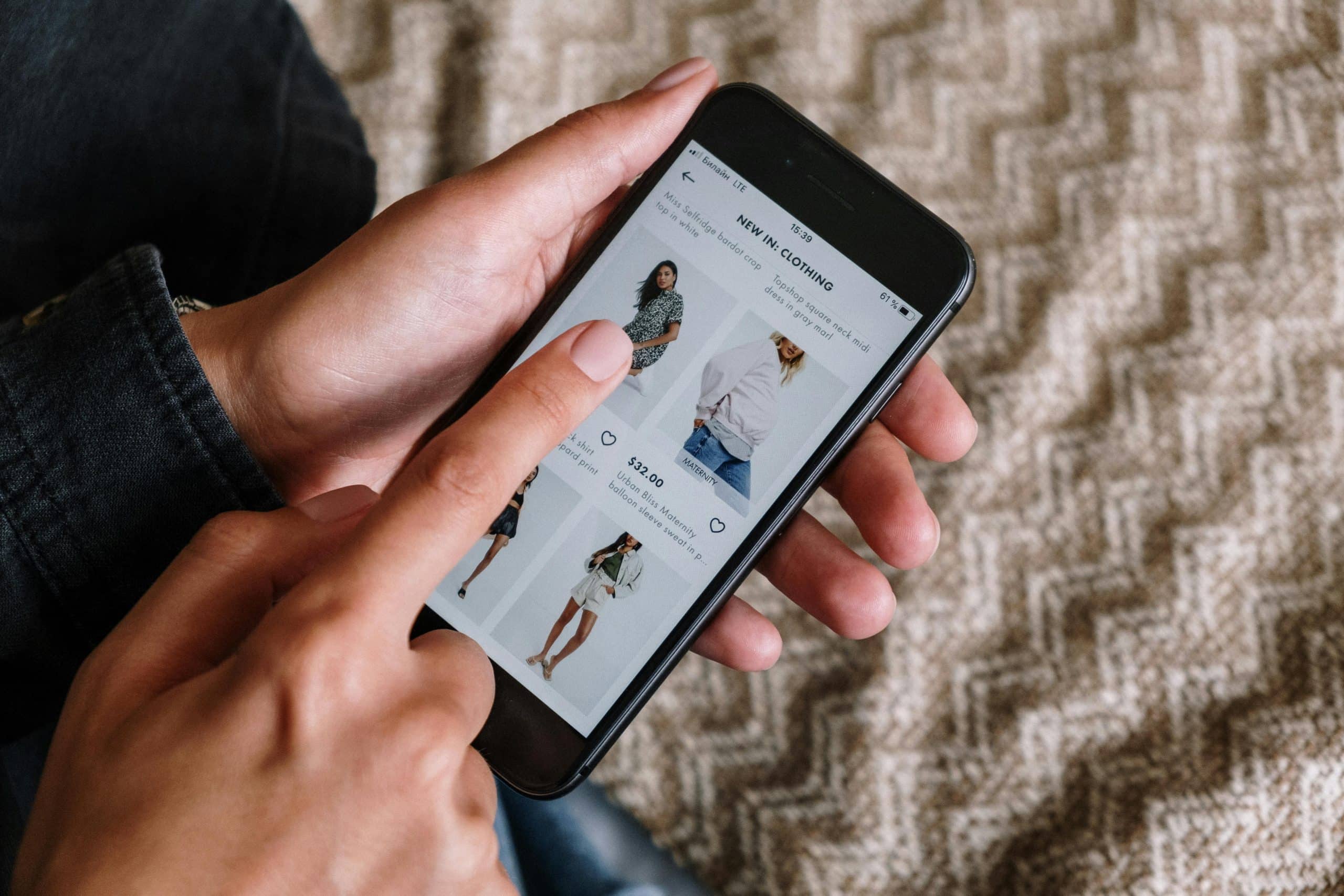Foldable Phone Durability Tests: Do Screens Crack Under Pressure?
Are foldable phones the future of mobile technology? With their ability to transform from a smartphone to a tablet, it’s no surprise that these devices have been making waves in the tech world. However, with innovative new technology also comes questions about durability and practicality. One of the biggest concerns with foldable phones is their screen. Can they withstand the pressure of constantly being folded and unfolded? In this article, we will explore the durability tests done on foldable phones and answer the question on everyone’s mind – do the screens crack under pressure?
The Rise of Foldable Phones
In recent years, we have seen a rise in foldable phones from major tech giants such as Samsung, Huawei, and Motorola. These devices offer a unique experience, allowing users to have a compact smartphone when needed, and then expand it into a larger tablet for work or entertainment. The foldable feature is made possible by using flexible OLED displays, which can be bent and folded without breaking. However, the question remains – just how durable are these screens?
Understanding Durability Tests
Before we dive into the specifics of foldable phone durability tests, it’s essential to understand what they entail. These tests are done using machines that mimic the daily usage of a smartphone, such as folding and unfolding the device multiple times. The goal of these tests is to determine the breaking point of the device and how it holds up under pressure. The results are then compared to various industry standards to determine if the device is durable enough to withstand daily usage.
Do Foldable Screens Crack Under Pressure?
The Samsung Galaxy Fold
When Samsung first released the Galaxy Fold in 2019, it faced a lot of backlash due to reports of screen cracking and display issues. As a result, the release of the device was delayed, and Samsung went back to the drawing board to improve its durability. In 2020, Samsung re-released the Galaxy Fold with several design modifications and additional protective layers. To determine its durability, the device underwent various tests, including folding and unfolding the phone 200,000 times. The results showed that the new and improved Galaxy Fold could withstand daily usage without any significant issues.
The Motorola Razr
Another popular foldable phone is the Motorola Razr. In contrast to the Galaxy Fold, the Razr has a unique hinge mechanism that allows the device to close completely, protecting the foldable screen from the outside elements. However, when put to the durability test, the Razr only lasted 27,000 folds before showing signs of damage. This number may seem low compared to the Galaxy Fold, but it’s worth noting that the Razr’s hinge mechanism is much more complex, and more moving parts may lead to more vulnerability.
The Huawei Mate Xs
Last but not least, we have the Huawei Mate Xs, which was released in 2020. The Mate Xs features an outward-folding display, and the company claims that the device can withstand up to 100,000 folds. However, when tested under industry standards, the Mate Xs only survived 20,000 folds before showing significant damage to the screen. Despite this, the device still held up well compared to other smartphones in the market, showing that Huawei has made strides in improving foldable phone durability.
Conclusion
So, do foldable screens crack under pressure? The answer is not a simple yes or no. It all depends on the device and its design. While the first foldable phones faced some issues with screen durability, newer models have shown significant improvements. However, it’s worth noting that these devices are still in their early stages, and more research and developments are being made to improve their durability. As technology continues to advance, we can expect to see even more durable foldable phones in the future.
In conclusion, foldable phone durability tests have shown that these devices are capable of withstanding daily usage, but the results vary depending on the device and its design. As with any new technology, there will always be room for improvement, and we can expect to see even more durable foldable phones in the years to come.










